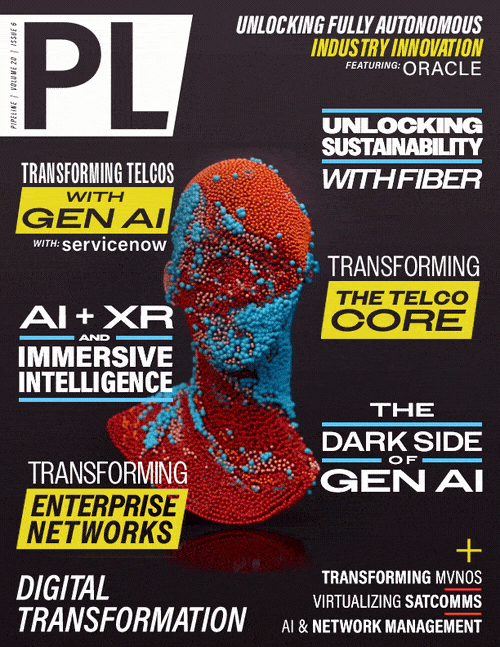Mobile Customers Happy With Self-Service Account ManagementOverall Satisfaction with Wireless Carrier Customer Care Increases, As a Shift in Demographics and Usage Patterns Impacts Phone, Online and Retail Store Channels, J.D. Power Study FindsA new JD Power study indicates that mobile customer satisfaction with self-service-enabled care channels is at an all-time high as a growing demographic shift impacts the service experienceWireless carrier customer satisfaction with self-service-enabled care channels—online and automated response system (ARS)—is higher than at any time, as a growing shift in demographics is impacting the service experience, according to the J.D. Power 2016 U.S. Wireless Customer Care Full-Service Performance StudySM—Volume 1 and the J.D. Power 2016 U.S. Wireless Customer Care Non-Contract Performance StudySM—Volume 1, both released today. Now in their 14th year, the semiannual studies examine how well wireless carriers provide customer service via the following contact channels: phone (consisting of two sub-channels—automated response system [ARS], then customer service representative [CSR] and ARS only); walk-in (retail store); and online (website, online chat and social media). The studies measure satisfaction with each contact method and analyze processing issues, such as the efficiency of problem resolution and the duration of hold times. Satisfaction is calculated on a 1,000-point scale.Wireless carrier customers have a variety of service channels to choose from when they experience an issue or have a question. Based on contact occurrences in the study, 49% of full-service customers have had a walk-in service contact in the previous three months, while 43% have had an ARS, then CSR contact; 42% have had an online contact; and 24% have had an ARS only contact. Volume over volume, satisfaction in the ARS only index has increased by 31 points and in the online index by 19 points. In contrast, when customers use a service channel where interaction with a representative is required, changes in satisfaction are relatively minor for walk-in (+10 points) and ARS, then CSR (-1 point)."Given the number of dedicated contact channels available, the self-service-enabled channels such as online and ARS generate the largest increases in overall satisfaction, compared with the Full-Service Vol. 2 Study in 2015, just six months ago," said Kirk Parsons, senior director and technology, media & telecom practice leader at J.D. Power. "One of the main influences contributing to satisfaction gains in self-service-enabled channels is the growth in the percentage of Millennial customers,[1] who have a relatively high propensity to use these channels."Overall, 43% of customers using the online channel are Millennials vs. 40% in the previous volume, and an even larger increase is found in the ARS only channel (+5 percentage points to 49%). In contrast, the study shows a decline in the incidence of Boomers in both channels (-1 percentage point and -2 percentage points, respectively).More importantly, satisfaction among Millennials is 78 points higher than among Boomers in the online channel (816 vs. 738, respectively) and 36 points higher in the ARS only channel (853 vs. 817).According to Parsons, "As customer care usage patterns continue to change with Millennials, it's important for wireless providers to meet or exceed the service expectations of this growing and key demographic segment, which can lead to increased satisfaction and future loyalty."Following are some of the key findings of the 2016 studies:
Source: PR Newswire | |

















